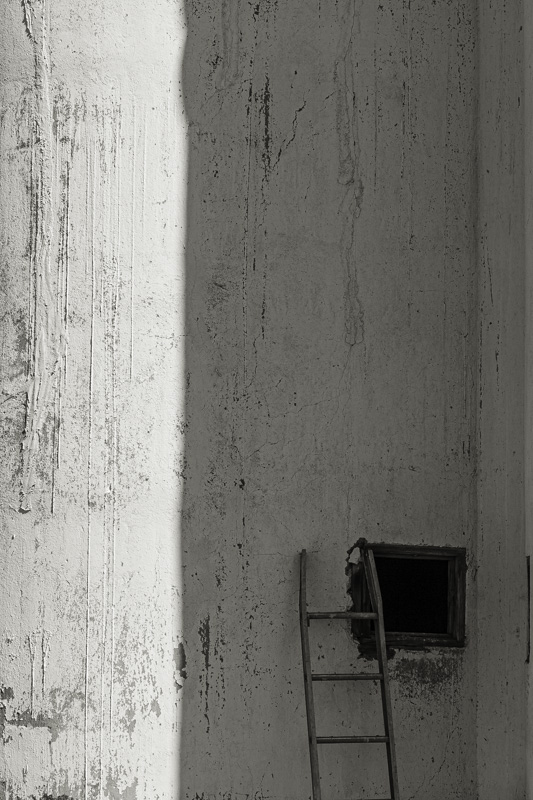Every Picture Is a Compromise
Lessons from the Also-rans
Most photography websites show the photographer's very best work. Wonderful. But that's not the full story of a creative life. If we want to learn, we'd better pay attention to the images that aren't "greatest hits" and see what lessons they have to offer. Every picture is a compromise — the sum of its parts, optical, technical, visual, emotional, and even cosmic – well, maybe not cosmic, but sometimes spiritual. Success on all fronts is rare. It's ok to learn from those that are not our best.
This is a series about my also-rans, some of which I've been able to improve at bit (i.e., "best effort"), none of which I would consider my best. With each there are lessons worth sharing, so I will.
Original digital captureWhat I saw that I liked:This would be a great image if it were 1942 and I was Wright Morris, or maybe Paul Strand. What I don't like in the picture:There are so many great photographers who predate us — and they've done such terrific work that inspires us. But that also means we can so easily copy their styles and duplicate their subjects. What I learned:I knew I had a winner in the above — right up to the time I saw it in Photoshop and realized it was someone else's creative vision. Our challenge in this advanced age of photography is to bring something new, something original to photography, if we can. The above is not an example of a "bad" photograph, but it is very definitely an example of a dated one. The image at left is the same place, about half and hour later as I was trying to find something new to say about this silo. Not great, but at least it's my own. 2nd Chances: What I might try nextMaybe I missed the really great photograph by not climbing up this ladder and taking a peek in the window. Maybe I'm glad I didn't. |


